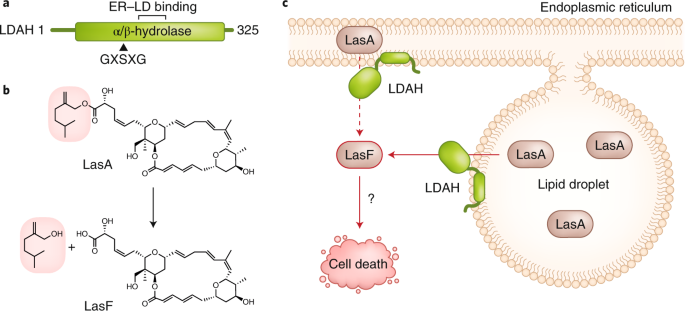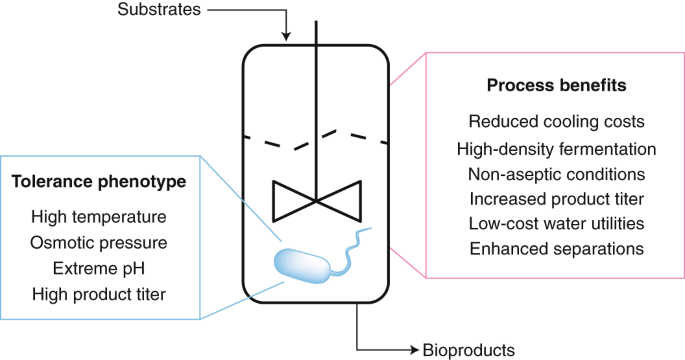- Select a language for the TTS:
- UK English Female
- UK English Male
- US English Female
- US English Male
- Australian Female
- Australian Male
- Language selected: (auto detect) - EN
Play all audios:
You have full access to this article via your institution. Download PDF The structural integrity of cells and tissues depends on cytoskeletal proteins that can resist deformation and
transmit forces from motor proteins. Together, this determines cell shape and facilitates cell motility. The cytoskeletal proteins actin, myosin and titin are the three most abundant
proteins in striated muscle. Whereas actin and myosin are responsible for organizing and supporting the sarcomere and for producing force, titin has an important role in controlling
sarcomere elasticity. On page 679, Larissa Tskhovrebova and John Trinick review titin proteins and discuss their multiple functions. Besides the architectural components that are important
in cell motility, phosphorylation — which is a rapid and reversible post-translational modification — is crucial for controlling this process. As discussed by Melinda Larsen, Michel Tremblay
and Kenneth Yamada on page 700, phosphatases can control the formation and maintenance of the actin cytoskeleton, regulate GTPase molecular switches (which control actin remodelling) and
modulate the phosphorylation status of many proteins that function in cell migration and cell–matrix adhesion. Sumoylation — the covalent attachment of the ubiquitin-like SUMO protein to its
substrates — is another, less well understood, post-translational modification. On page 690, Jacob Seeler and Anne Dejean consider the growing evidence that implicates sumoylation in the
regulation of gene expression and in maintaining genome stability. And we hope, of course, that you'll enjoy the 'Imaging in cell biology' supplement, which accompanies this
month's issue and is freely available as part of an online Focus for six months (see http://www.nature.com/focus/cellbioimaging). This project, which is a collaboration with _Nature
Cell Biology_, was produced with generous support from Carl Zeiss. RIGHTS AND PERMISSIONS Reprints and permissions ABOUT THIS ARTICLE CITE THIS ARTICLE In This Issue. _Nat Rev Mol Cell Biol_
4, 667 (2003). https://doi.org/10.1038/nrm1215 Download citation * Issue Date: September 2003 * DOI: https://doi.org/10.1038/nrm1215 SHARE THIS ARTICLE Anyone you share the following link
with will be able to read this content: Get shareable link Sorry, a shareable link is not currently available for this article. Copy to clipboard Provided by the Springer Nature SharedIt
content-sharing initiative







